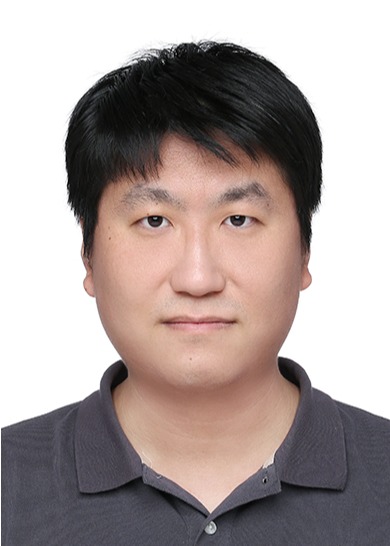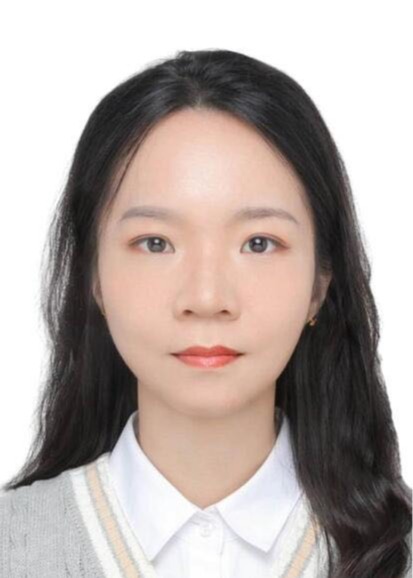We live in a four-dimensional spacetime, where the brain's perception of temporal and spatial information in the physical world is essential for survival. Decades of research have provided profound insights into how the brain encodes and utilizes spatial information, yet our understanding of time cognition remains limited. In reality, the ability to perceive time and generate timely behaviors is one of the brain's most fundamental cognitive functions. We rely on temporal perception to accomplish daily tasks—from estimating elapsed time since an event, anticipating and reacting to a tennis serve, to precisely controlling rhythmic patterns in musical performance. One major focus of our laboratory is to investigate the neural and computational mechanisms underlying the brain's perception, encoding, and utilization of temporal information.
Many daily functions—such as language processing—require the brain to process sequentially ordered information, known as temporal sequences. These sequences can be categorized by their information carriers, such as syllables in speech. Among all temporal sequences, spatiotemporal information—where spatial features carry temporal sequences—holds particular significance. Examples include unlocking a phone through gesture patterns, memorizing event timelines with spatial contexts, or handwriting digits, all demanding integrated processing of temporal and spatial information. Despite its critical role, the neural mechanisms underlying the joint encoding and utilization of spatiotemporal information remain poorly understood. Thus, our second research direction focuses on elucidating how the brain jointly encodes, stores, and decodes temporal and spatial information.
Compared to current artificial intelligence systems, the human brain exhibits superior flexible computational capabilities, manifested in multi-task learning, seamless task-switching, cognitive invariance under transformations (rotation, translation, scaling etc.), and the corresponding adaptive generalization. A third major direction of our laboratory involves exploring the neural and computational mechanisms enabling such efficient and flexible computations.
Specific research directions include but are not limited to:
Neural and computational mechanisms of temporal and spatial information representation, storage, and decoding in neural networks.
Mechanisms underlying spatiotemporal transformations and transformation-invariance in sensorimotor behaviors and working memory.
Neural and computational principles governing the learning and generalization for multi-tasks and multi-transformations.
Development of interdisciplinary tools for quantitative characterization and modeling of neuroscientific processes.
To achieve these goals, our laboratory employs an integrated experimental-theoretical approach combining:
Human psychophysics
Animal behavior studies
Large-scale multi-region neural activity recordings
Machine learning
Theoretical analysis and computational modeling

Email:yanlin__tao@163.com
Research Direction:Computational and Systems Neuroscience

Email:fluz.lee@gmail.com
Research Direction:Computational and Systems Neuroscience

Email:hehuawei05@gmail.com
Research Direction:Computational and Systems Neuroscience

Email:23211520008@m.fudan.edu.cn
Research Direction:Computational and Systems Neuroscience

Email:24111530004@m.fudan.edu.cn
Research Direction:Computational and Systems Neuroscience

Email:24211530001@m.fudan.edu.cn
Research Direction:Computational and Systems Neuroscience

Email:924472984@qq.com
Research Direction:Computational and Systems Neuroscience

Email:924472984@qq.com
Research Direction:Computational and Systems Neuroscience

Email:24301050259@m.fudan.edu.cn
Research Direction:Computational and Systems Neuroscience
S. Zhou#, D.V. Buonomano (2024), Unified control of temporal and spatial scales of sensorimotor behavior through neuromodulation of short-term synaptic plasticity, Science Advances, 10(18), (#Corresponding author)

S. Zhou*, M. Seay*, J. Taxidis, P. Golshani, D.V. Buonomano (2023), Multiplexing working memory and time in the trajectories of neural networks, Nature Human Behaviour, 2023 (*first author)

S. Zhou#, S.C. Masmanidis, D.V. Buonomano# (2022), Encoding time in neural dynamic regimes with distinct computational tradeoffs, Plos Computational Biology, 18 (3), e1009271 (#corresponding author)

S. Zhou, D.V. Buonomano (2022), Neural population clocks: Encoding time in dynamic patterns of neural activity, Behavioral Neuroscience

S. Zhou, S.C. Masmanidis, D.V. Buonomano (2020), Neural sequences as an optimal dynamical regime for the readout of time. Neuron, 108, 1–8,

S. Zhou, Y. Yu (2018), Synaptic E-I balance underlying efficient coding. Frontiers in Neuroscience 12, 46

S. Zhou, M. Migliore, and Y. Yu (2016), Odor Experience Facilitates Sparse Representations of New Odors in a Large-Scale Olfactory Bulb Model. Frontiers in Neuroanatomy, 10, 10

S. Zhou#, H.Y. Chu, G.Z. Jin, J.M. Cui, X.C. Zhen# (2014). Effects of SKF83959 on the excitability of hippocampal CA1 pyramidal neurons: a modeling study. Acta Pharmacologia Sinica, 35(6):738-751 (#corresponding author) .

 Address: Floor 2, Building B, Medical Research Building, 131 Dong'an Road
Address: Floor 2, Building B, Medical Research Building, 131 Dong'an Road
 Postcode: 200032
Postcode: 200032
 Email: zhoushanglin@fudan.edu.cn
Email: zhoushanglin@fudan.edu.cn